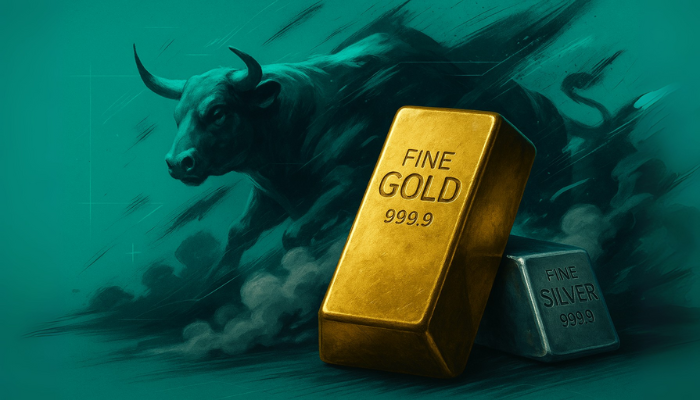The Impact of Fed Policy on Precious Metals: A Deep Dive
The current stance of the Federal Reserve, characterized by a “higher-for-longer” approach to interest rates, is significantly affecting the demand for non-yielding assets such as gold and silver. The Federal Open Market Committee (FOMC) has made it clear that it intends to maintain tight monetary policy until inflation stabilizes around the 2% target. This shift in narrative has led to an increase in real yields, putting downward pressure on precious metals across the market.
Silver Mirrors Gold’s Decline, Finding Support Levels
Silver (XAG/USD) has closely tracked the downward trajectory of gold, reaching an intraday low of $35.66 before finding some stability around $35.63. Although the pressure from Federal Reserve policies has been felt, silver’s decline has been somewhat cushioned by a general sense of risk aversion in the market and ongoing demand for safe-haven assets. Investors appear to be selectively entering the market at key resistance levels, suggesting optimism for a potential rebound if global uncertainties continue to escalate.
Technical Analysis: Support Levels in Focus
The technical framework for silver remains encouraging, supported by the 50-day Exponential Moving Average (EMA) and persistent higher-low formations. These indicators point to a possible turn in sentiment, with traders poised for a recovery as they watch key levels closely. The buying interest in silver suggests that market participants are keen on capitalizing on potential price rebounds should broader economic uncertainties deepen further.
Global Uncertainty: A Breeding Ground for Safe-Haven Assets
Despite the headwinds stemming from U.S. monetary policy, gold and silver continue to receive a boost from heightened global uncertainty. Geopolitical tensions in strategic regions and looming trade risks—particularly the potential introduction of new U.S. tariffs ahead of the upcoming July 9 deadline—are driving cautious positioning among investors. This environment creates fertile ground for safe-haven flows as market participants seek refuge in precious metals.
Investor Sensitivity to Global Tensions
Investors remain acutely aware of any escalation in geopolitical tensions or disruptions in international trade that could rekindle demand for precious metals. A trader based in Hong Kong noted, “We’re in a holding pattern, but the appetite for safe-haven assets could return swiftly if the headlines take a turn for the worse.” This indicates that any breaking news related to global stability can quickly reshape market dynamics, influencing the demand for gold and silver.
U.S. Dollar’s Influence on Precious Metals
Following the Federal Reserve’s policy announcement, the U.S. Dollar Index experienced a slight decline, providing a minor lift to gold and silver prices. A weaker dollar generally enhances the attractiveness of dollar-denominated assets, particularly in a risk-off environment that has emerged in global equity markets. The interplay between the dollar’s strength and precious metal prices remains a crucial factor for investors to consider.
Conclusion: Navigating a Complex Market Environment
In summary, the current landscape for precious metals is shaped by a intricate mix of U.S. monetary policy, geopolitical risks, and market sentiment. As investors navigate through these complexities, ongoing vigilance will be necessary to gauge how shifts in policy and external factors could influence precious metal prices in the coming months. Whether you are a seasoned investor or new to the market, understanding these dynamics will be vital for making informed investment decisions in gold and silver.
